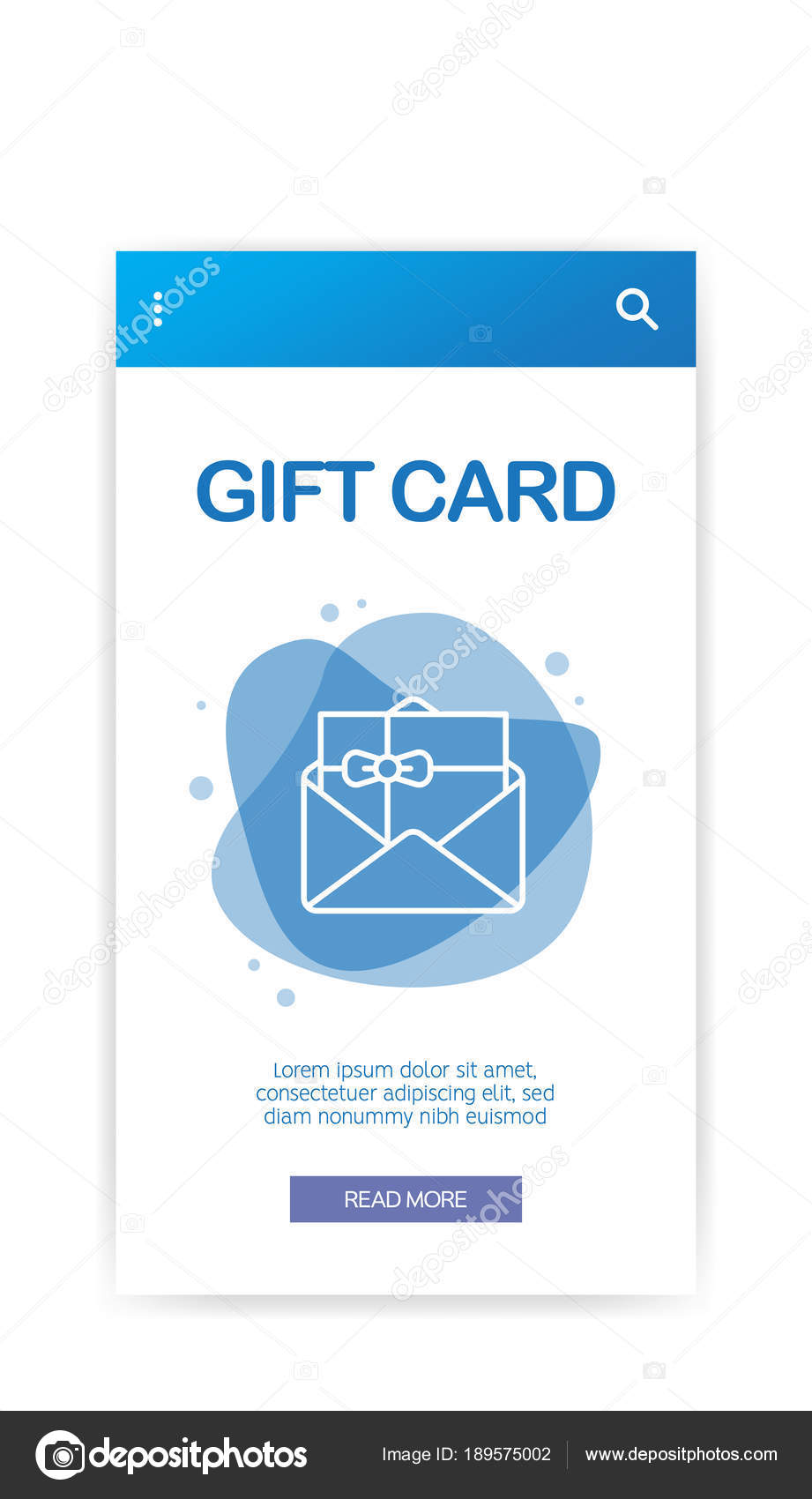Created in the Middle East and Egypt on hardstone, copper wheel engraving made it through as a craft in seventeenth century Bohemia and Dresden on glass. It was utilized for a range of functions, consisting of showing the royal double-headed eagle (Reichsadlerhumpen) and allegorical motifs.
Engravers of this period progressively deserted straight clearness in favour of crosshatched chiaroscuro effects. A couple of engravers, such as Schongauer and Mantegna, took care of glass with a sculptural feeling.
Ancient Art
By the end of the 17th century, nevertheless, diamond-point inscription was being supplanted by wheel engraving. Two significant engravers of this period are worth mention: Schongauer, that elevated the art of glass inscription to rival that of painting with jobs like Saint Anthony Tortured by Demons, and Mantegna, that shaded his illustrations with short scribbled lines of varying size (fig. 4) to attain chiaroscuro results.
Other Nuremberg engravers of this time included Paul Eder, that mastered fragile and tiny landscapes, and Heinrich Schwanhardt, who etched engravings of great calligraphic top quality. He and his boy Heinrich also developed the method of engraving glass with hydrofluoric acid to create a result that appeared like glass covered in ice. The engraved surface could then be cut and etched with a copper-wheel. This technique is utilized on the rock-crystal ewer revealed below, which incorporates deep cutting, copper-wheel inscription and sprucing up. Identifying the engraving on such pieces can be challenging.
Venetian Glass
When Venice was a European power, Venetian glassmakers took the lead in lots of high value-added sectors. Unlike fabrics and style, glassmaking preserved a heritage of innovative strategies. It also carried seeds of the decorative grandeur embodied in Islamic art.
However, Venetian glassmakers were not eager to share these ideas with the rest of Europe. They kept their craftsmen cloistered on the island of Murano so they would not be influenced by brand-new fads.
Even though need for their item ups and downs as preferences transformed and competing glassmakers arised, they never lost their attract rich patrons of the arts. It is for that reason no surprise that engraved Venetian glass shows up in countless study in still life paints as an icon of high-end. Typically, a master gem cutter (diatretarius) would cut and decorate a vessel originally cast or blown by an additional glassworker (vitrearius). This was a pricey undertaking that needed excellent skill, patience, and time to produce such comprehensive work.
Bohemian Glass
In the 16th century, Bohemian glassmakers adjusted the Venetian dish to their very own, creating a much thicker, clearer glass. This made it easier for gem-cutter to sculpt similarly they sculpted rock crystal. Furthermore, they established a method of reducing that enabled them to make extremely detailed patterns in their glasses.
This was followed by the manufacturing of tinted glass-- blue with cobalt, red with monogrammed glass gift copper and light eco-friendly with iron. This glass was popular north of the Alps. On top of that, the slim barrel-shaped goblets (Krautstrunk) were also preferred.
Ludwig Moser opened a glass design workshop in 1857 and succeeded at the Vienna International Exhibition of 1873. He established an entirely integrated factory, supplying glass blowing, polishing and engraving. Till the end of World War II, his company dominated the market of personalized Bohemian crystal.
Modern Craft
Inscription is among the oldest hand-icraft approaches of attractive improvement for glass. It requires a high level of precision in addition to an imaginative creative imagination to be reliable. Engravers must likewise have a feeling of make-up in order to tastefully incorporate glossy and matte surfaces of the cut glass.
The art of engraving is still active and successful. Modern methods like laser engraving can attain a greater level of detail with a greater rate and precision. Laser innovation is also able to generate styles that are less susceptible to damaging or splitting.
Engraving can be used for both commercial and ornamental purposes. It's preferred for logo designs and trademarks, as well as attractive decorations for glasses. It's also a popular means to add personal messages or a victor's name to trophies. It is essential to keep in mind that this is a hazardous task, so you should constantly utilize the appropriate safety and security devices like goggles and a respirator mask.
